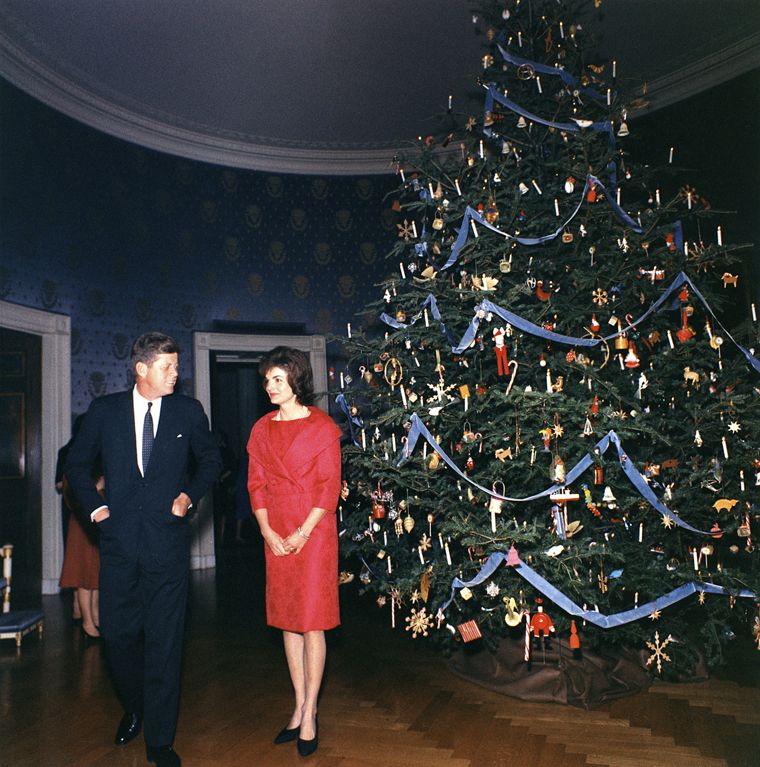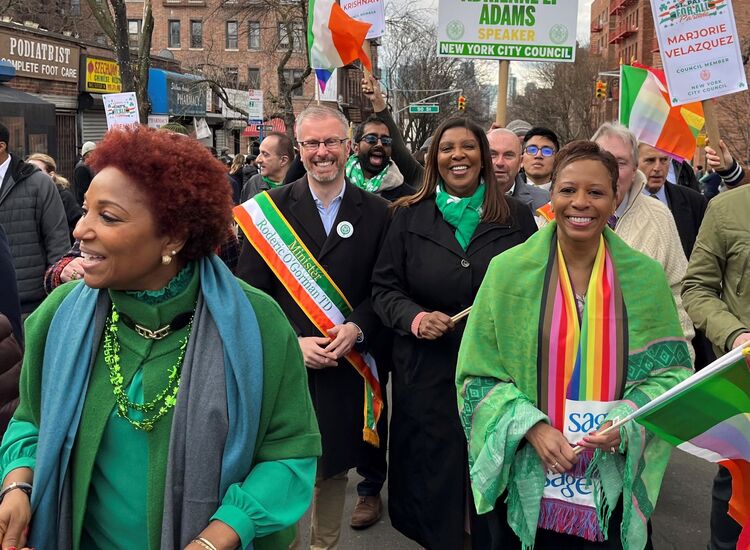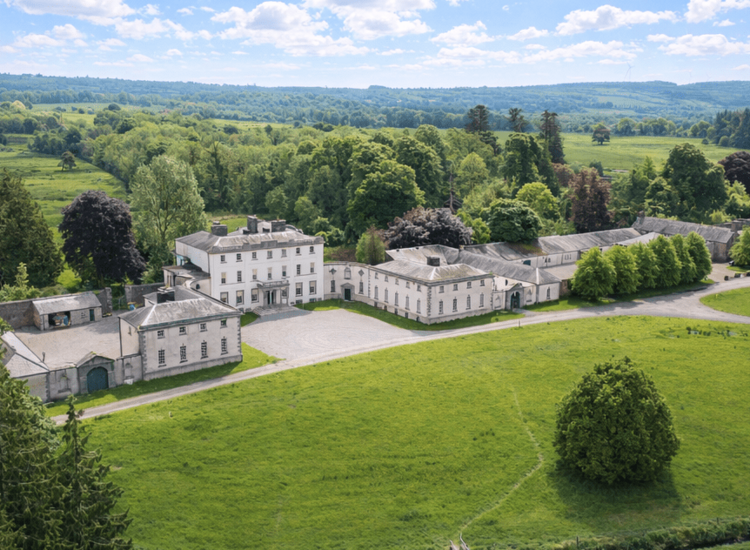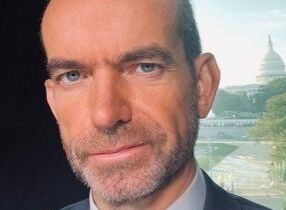Broadway fans eagerly welcomed last month the revival of the beloved classic Lerner and Loewe musical “Camelot.” The revival, which features one of the great scores ever written, will be performed at the Vivian Beaumont Theater. The current version of the musical has been rewritten by Aaron Sorkin, the Oscar-winning Hollywood screenwriter who is also the creator of the television series “The West Wing.” Though the musical is based on the legend of King Arthur, a mythical British king, “Camelot” has a striking number of Irish connections.
When Americans hear the word “Camelot,” they immediately think of President John F. Kennedy, America’s first Irish Catholic president. “Camelot” debuted on Broadway in 1960, the same year that Kennedy was elected president. One of the musical’s creators, Alan Lerner, attended Choate Academy and was even Kennedy’s roommate at Harvard. Kennedy became a huge fan of the musical and the song “Camelot” quickly became the unofficial theme song of the Kennedy administration. After his tragic death, his widow Jackie Kennedy revealed she and Kennedy would listen to the musical at night on their record player before they went to sleep, and the president’s favorite song came at the very end of the recording.
In an interview with Life magazine a few days after her husband’s assassination, a distraught First Lady confessed, "I’m so ashamed of myself--all I keep thinking of is this line from a musical comedy.” Jackie then quoted the ending lines of the final song: “Don’t let it be forgot, that once there was a spot, for one brief, shining moment that was known as Camelot.” And she added, “There’ll be great presidents again, but there will never be another Camelot.”
The writer of the Life article, Theodore White, took the 1,000-word essay to his editors at Life, who complained that his interview over-emphasized the “Camelot” theme. Jackie, however, adamantly refused to allow any changes and she even edited the interview herself.
Julie Andrews and Richard Burton as Queen Guenevere and King Arthur in the early 1960s Broadway production of “Camelot.”
The Life interview proved to be very popular with a grieving America and at “Camelot” performances audiences often wept. Today people recall the young president's time in office as the Camelot years. When Bobby Kennedy was running for president in 1968, many referred to him as the “heir to Camelot.”
Ironically, the musical was not a smash hit at first. “Camelot” had received mixed reviews and struggled in its first few months before being saved by the legendary Irish-American television personality Ed Sullivan who hosted America’s most popular television show on Sunday nights. “The Ed Sullivan Show,” which was broadcast from 1948 until 1971, ran for 23 years, making it one of the longest-running variety shows in television history. In 1961, Sullivan’s show featured “Camelot” actor Robert Goulet singing “If Ever I Would Leave You” and then legendary actors Richard Burton and Julie Andrews singing and dancing to “What Do The Simple Folk Do?” The Sullivan broadcast transformed the struggling musical into the hottest ticket on Broadway. The broadcast helped the musical rake in an unprecedented advance sale of three and a half million dollars. Burton and Andrews became Broadway Icons.
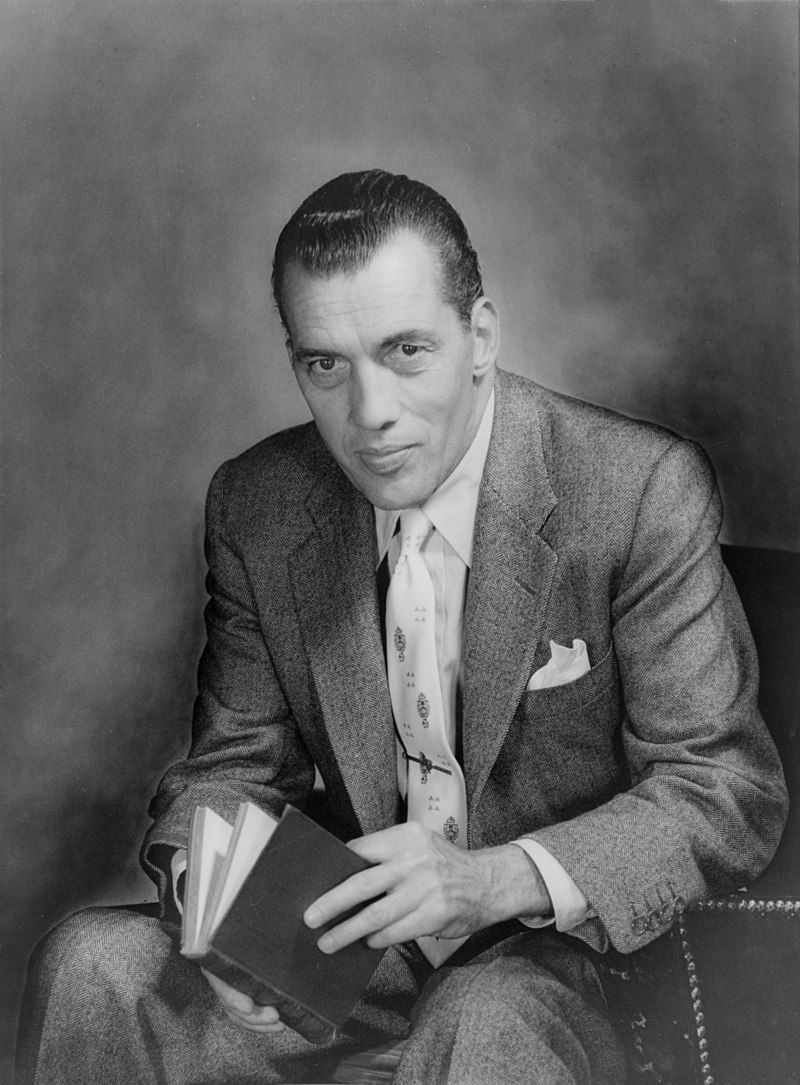
Ed Sullivan.
The Musical was filmed in 1967 starring legendary Limerick-born actor Richard Harris who also appeared on the Sullivan show. While filming the movie Hawaii in 1966, Harris learned of “Camelot” and determined to go to any lengths to get the role. For four months, Harris flooded directors Lerner, Logan and Jack Warner with complimentary letters, cables and offers for a screen test, but Logan initially refused Harris due to his poor singing voice. One day, when Logan returned to the Hotel Dorchester after his morning jog, Harris ambushed him, pleading for the role. Logan finally relented and allowed Harris to take screen test. Harris so impressed Logan and Warner that they agreed to hire him. Harris, however, portrayed a different King Arthur than his friend Burton. Whereas Burton seemed regal and born to portray King Arthur, Harris acted the part differently, depicting a who had the crown thrust on him and man full of conflict and regret. His performance was immortalized by a cast album.
The musical was based on English author T.H. White’s book “The Once and Future King” about the Arthurian legends. In February 1939, White moved to Doolistown, Co. Meath, to avoid serving in World War II and he wrote most of what became “The Once and Future King” in Ireland. Ireland was a good place to write about the legendary king and the Arthurian tales owe a lot more to Irish legend than to British folklore. Some scholars claim that the Arthurian legend was inspired by the life of Muircertach Mac Erca who ruled in Ireland in the 6th century.
Burton returned to “Camelot” on Broadway in 1980 and another film version of “Camelot” was released in2004. The film was shot in Bray, Co. Wicklow, and County Kildare. Donegal woman Moya Brennan, former lead singer of the band Clannad did the vocals for the film.

